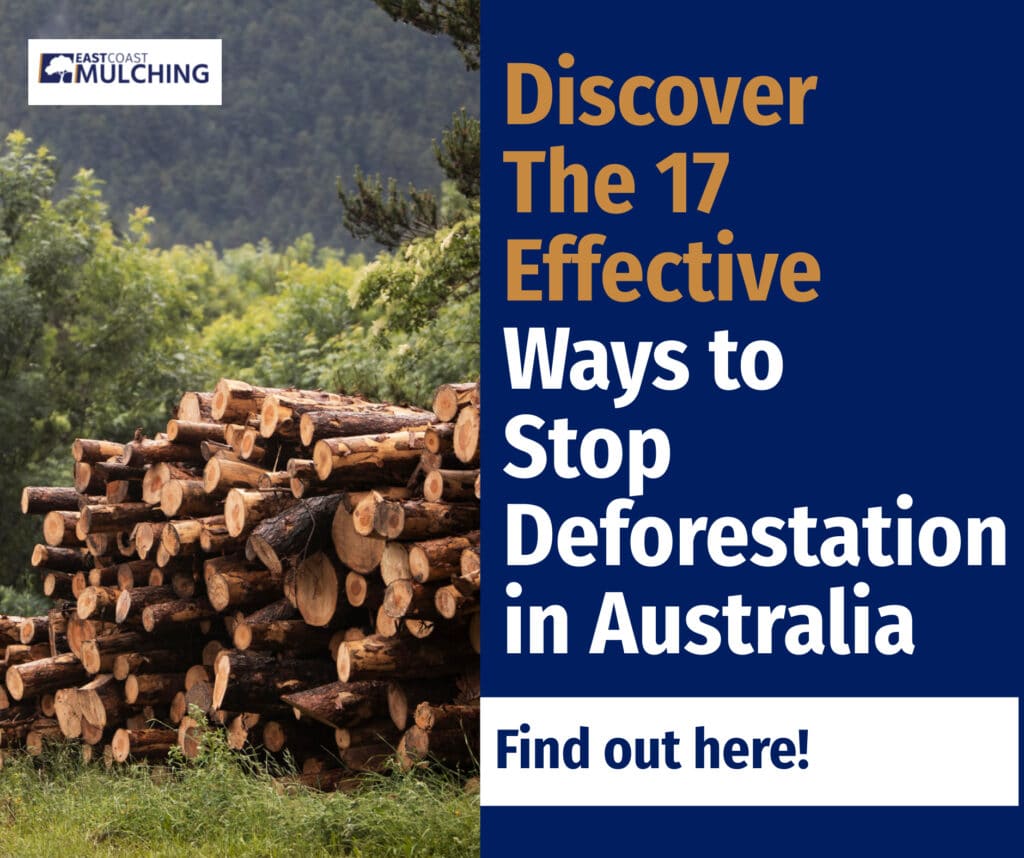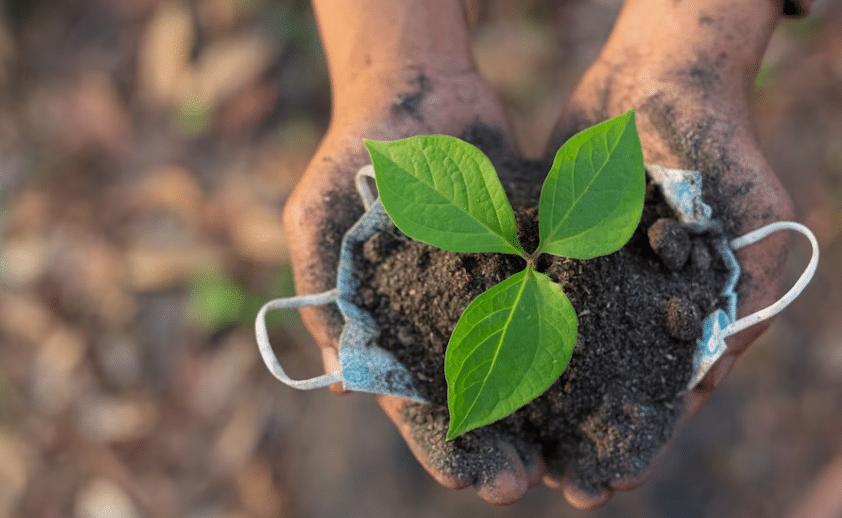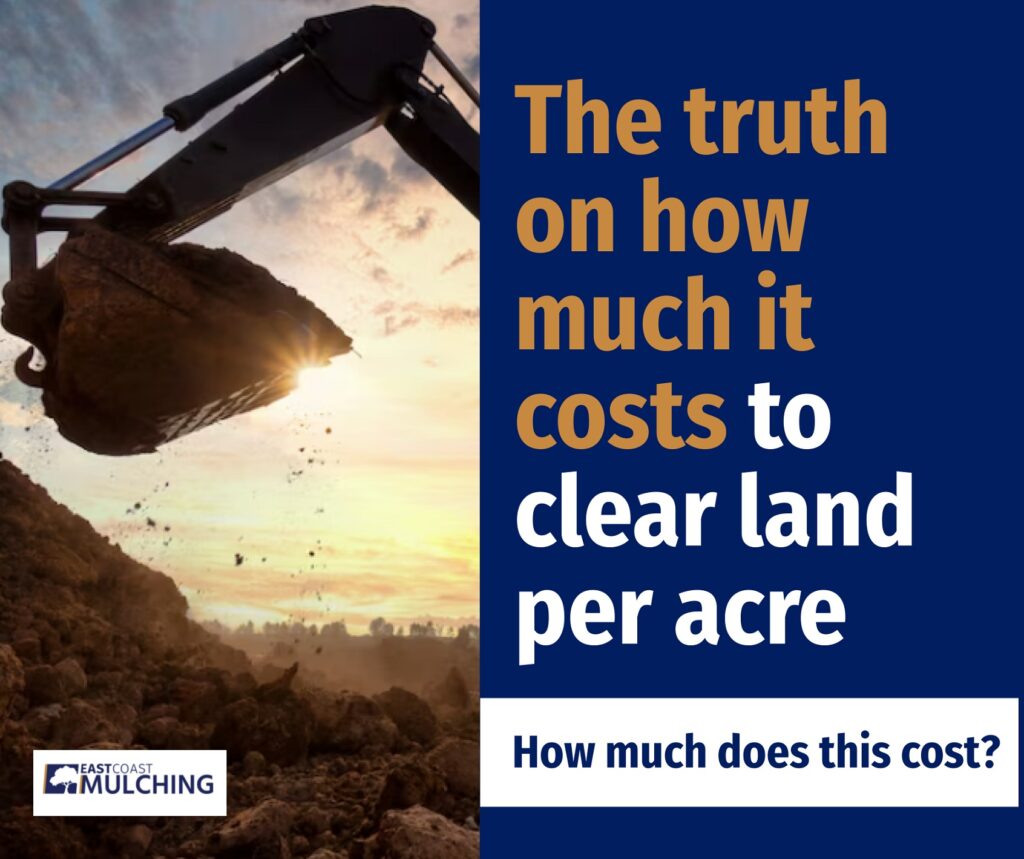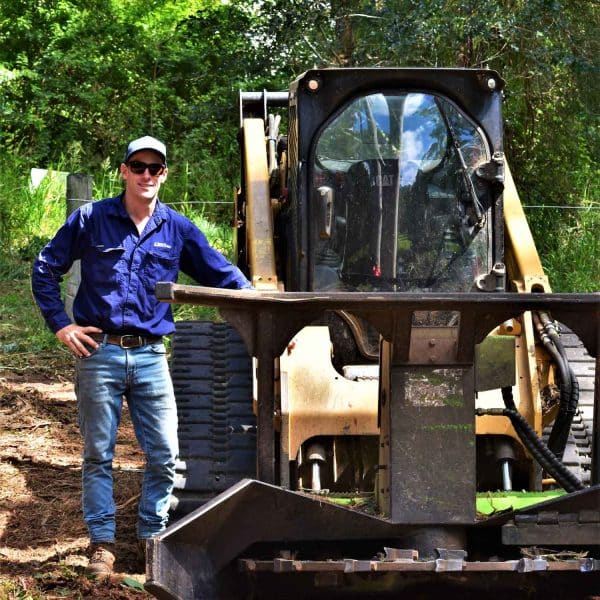Australia is home to unique ecosystems and diverse wildlife. But it’s facing the pressing issue of deforestation. The country’s forest cover is dwindling. As it does, the world’s forests are losing a significant ally. Understanding how to stop deforestation is crucial. Here are 17 ways to avoid deforestation.
Key takeaways
- Australia faces a significant challenge with deforestation. It impacts its unique ecosystems and global forest health.
- Purchasing FSC-certified products promotes sustainable forestry and supports responsible forest management.
- Empowering indigenous communities can play a pivotal role in forest protection.
- Reducing palm oil consumption and supporting sustainable alternatives can curb tropical rainforest destruction.
- Initiatives like forest management, conservation, combating illegal logging, and engaging local communities are essential.
- Sustainable practices and supporting reforestation projects can reverse deforestation.
- Limiting consumption of meat, tech innovations and promoting eco forestry is vital.
- Public education, sustainable supply chains, and endorsing companies with green initiatives are helpful.
Here Are 17 Effective Ways How to Stop Deforestation
1. Forest Stewardship Council (FSC) Certification
Purchasing FSC-certified products ensures that you’re supporting responsible forest management. The FSC promotes sustainable forestry practices. This ensures that forests remain intact for future generations. Here are some of the essential things FSC certification does:
- Enforces strict guidelines to protect indigenous rights and support local communities;
- Includes chain-of-custody verification. This ensures transparency and traceability from forest to final product;
- Promotes responsible forest management practices that protect biodiversity and wildlife habitats.
2. Support Indigenous Communities
Indigenous communities have been the guardians of forests for millennia. Empowering indigenous peoples and supporting community forestry projects is beneficial. We can tap into their knowledge and practices to protect forests.
An excellent example is the decision to return ownership of the Daintree Rainforest to its traditional owners, the Kuku Yalanji people.
3. Reduce Palm Oil Consumption
Palm oil production is a leading cause of tropical rainforest destruction. Palm oil is environmentally dangerous for many reasons. Large-scale plantations destroy habitats and displace fauna. Also, intensive cultivation methods increase erosion and water contamination.
Check labels and opt for products without palm oil or with sustainable palm oil certification. By doing so, we can reduce the demand.
4. Promote Forest Conservation
Initiatives that focus on forest conservation can help maintain the forest ecosystem. This may include supporting reforestation or afforestation projects. It’s also crucial to fund ecological research to inform conservation practices better. We can achieve this by supporting organisations like the World Resources Institute. This can ensure that conservation efforts are well-funded and effective.
Education is also a critical factor. Education programs should target all areas of society. This includes businesses, local communities and young students.
If you would like to learn more or have any questions regarding our services, contact East Coast Mulching.
5. Combat Illegal Logging
Illegal logging is a significant contributor to forest destruction. We can stand against illegal logging and push for positive change in many ways.
- Lobbying. Petitioning the Government can be a powerful resource. We can deter this destructive practice by pushing for harsher penalties for illegal logging.
- Improved monitoring. Advocating for increased funding for better monitoring can make a big difference. Expanding the scope and powers of logging inspectors can be crucial.
- Leverage technology. Utilise advanced technology like satellite imagery to track and report illegal logging activities.
6. Engage Local Communities
Local communities play a crucial role in forest management. By involving them in decision-making, we can meet the community’s and forests’ needs. For example, organising public forums allow community members to give feedback. Education initiatives can also inform residents of the benefits of proper forest management.
7. Adopt Sustainable Practices
Adopting sustainable practices can significantly reduce the strain on forests. This includes not only sustainable wood products but also other sustainably produced goods. Such practices can be beneficial in agriculture or timber harvesting industries. For example, dealing with nutrient runoff from fertilisation programs that poison waterways. The timber industry can also turn to less intensive harvesting techniques to promote more regrowth.
8. Reduce Greenhouse Gas Emissions
Deforestation contributes to greenhouse gas emissions, exacerbating climate change. By focusing on reducing our carbon footprint, we can indirectly stop deforestation. We can reduce our footprint in various ways, including:
- Implement and support carbon offset programs through tree planting and forest conservation;
- Support sustainable agriculture practices that minimise land use and deforestation;
- Advocate for stricter regulations on industries contributing to deforestation and high emissions.
If you would like to learn more or have any questions regarding our services, contact East Coast Mulching.
9. Reforestation
Planting trees and supporting forest restoration projects can help. Projects like South Korea’s reforestation program help reverse deforestation and restore degraded forests. Reforestation helps rehabilitate the soil and improve fertility. Trees are also excellent carbon sinks that contribute significantly to combatting climate change.
10. Limit Meat Consumption
Cattle ranching is a significant cause of deforestation. This is especially true in places like the Amazon rainforest. By reducing meat consumption, we can decrease the demand for deforested land. Raising livestock also produces significant carbon emissions and requires a lot of water. As a result, precious water sources are depleted and often contaminated.
11. Support Technological Innovations
The demand for minerals in technological devices can exacerbate deforestation. Technology like smartphones and other devices often require new mining sites in forests. Supporting innovations that reduce the need for these minerals can help. AI is a burgeoning field. AI and machine learning can optimise natural resource management and predict environmental risks.
12. Promote Eco Forestry
Eco-forestry focuses on harvesting in a way that doesn’t degrade forested land. This approach ensures that forests remain productive and intact. We must recognise that natural ecosystems are the basis of our society. Eco-forestry seeks to retain natural biodiversity. Eco-forestry practices include keeping harvesting below a certain percentage of the growth rate. It also carefully selects which trees to harvest. Low-impact harvesting techniques are also critical.
13. Educate on the Benefits of Forests
It’s critical to make people aware of all the benefits forests offer. From carbon dioxide absorption to habitat provision, education can inspire more people to join the cause. Schools can play an important part. Developing a curriculum that includes modules on forest ecosystems and sustainable management is vital. Awareness campaigns on social media can also have a significant impact.
If you would like to learn more or have any questions regarding our services, contact East Coast Mulching.
14. Support Sustainable Supply Chains
Ensuring that the supply chain uses only sustainable wood products can make a significant difference. The paper industry and numerous beauty brands would benefit from this change. Companies can create sustainable supply chains through practices such as:
- Ensuring raw materials are sourced from responsibly managed forests;
- Prioritising recycled and eco-friendly materials over virgin forest products;
- Fostering collaboration between businesses, governments, and NGOs to uphold environmental standards.
15. Promote Alternative Livelihoods
We can offer local farmers alternatives to practices causing deforestation. Projects like soy plantations can have a detrimental impact. Working with them to implement more sustainable methods can help protect forests. This can include adopting agroforestry, which integrates trees into farming to enhance biodiversity and soil health. Rotational grazing on ranches manages livestock movement to prevent overgrazing and land degradation.
16. Reduce Dependency on Paper
With the rise of digital solutions, the need for paper is reducing. There are many document management software packages to reduce the need for paper copies. Cloud-based collaboration platforms also decrease the need for printed material. Continued efforts to minimise paper use can further decrease the pressure on forests.
17. Support Companies with Green Initiatives
Companies play a significant role in either promoting or halting deforestation. By supporting companies that prioritise green initiatives, consumers can drive change. There are simple and effective ways to implement green initiatives. For example, implementing recycling programs to minimise waste. Companies can also collaborate with environmental organisations to support conservation efforts.
Conclusion
Stopping deforestation in Australia requires a multi-faceted approach. From individual choices to governmental policies, every effort counts. Understanding ways to prevent deforestation is essential. We must recognise the importance of forests and be proactive. By doing so, we can ensure Australia’s unique ecosystems and natural resources thrive for generations.
East Coast Mulching has a proven record of environmental sustainability. Our services will help you clear your property without causing undue harm. Call us today for a free quote.
Related Articles
- 7 Best Land Clearing Services In Queensland In 2023
- Why Deforestation Is A Matter Of Concern For Everyone?
- Acknowledge The Importance of Habitat Protection in Queensland, Australia
- The Impact Of Climate Change On Australian Biodiversity
- What is Land Clearing? (Step by Step Guide for Land Clearing in Queensland)









